The world is home to some truly massive organisms, each with fascinating features that make them stand out. From ancient trees covering entire forests to colossal sea creatures and unique flowers, these giants push the limits of size and survival in their environments. This list explores fifteen of the largest organisms on Earth, highlighting their impressive dimensions, unique traits, and the roles they play in nature. Whether deep in the ocean or towering over land, these remarkable organisms remind us of the incredible diversity and resilience of life.
Rafflesia arnoldii
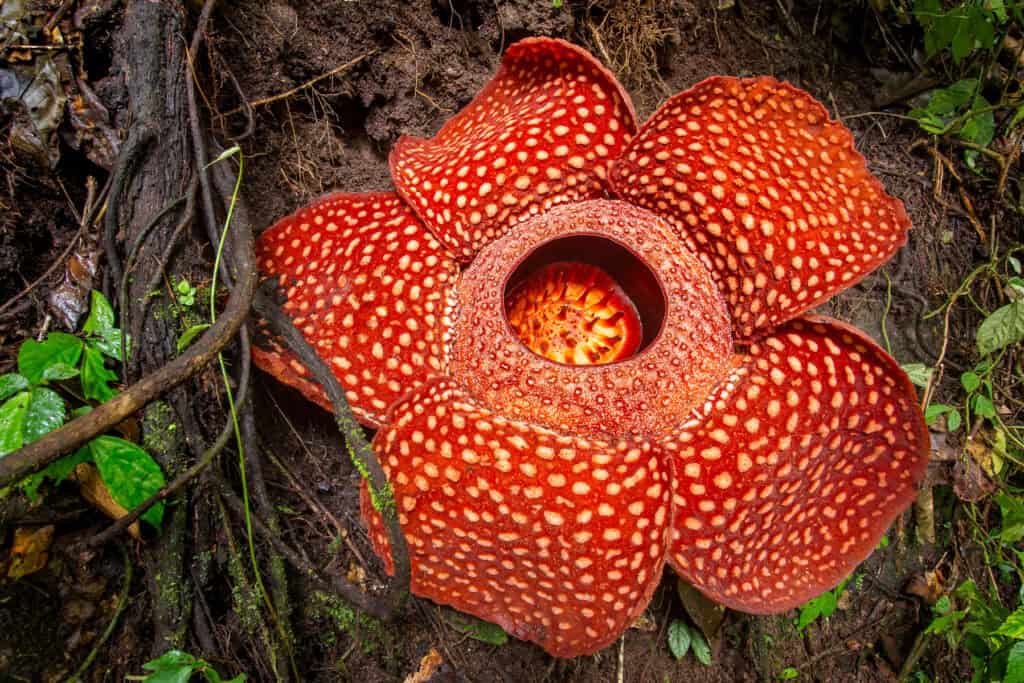
The Rafflesia arnoldii, commonly known as the corpse flower, is the world’s largest single flower, with blooms that can reach up to 3 feet (1 meter) in diameter and weigh over 15 pounds (7 kilograms). Found in the rainforests of Sumatra and Borneo, this unique flower emits a strong odor resembling rotting flesh, which attracts carrion flies for pollination. It is a parasitic plant, lacking leaves, stems, or roots of its own, instead relying entirely on its host plant, usually from the genus Tetrastigma, for nutrients. The blooming period is brief, lasting only a few days, and the plant can take up to a year to flower again. Due to its unique reproductive strategy and rarity, it is considered an endangered species. Its striking appearance and unusual biology make it an important attraction in local ecotourism, which also helps support conservation efforts. Scientists continue to study it to understand its ecological role and unusual adaptations better.
African Bush Elephant (Loxodonta africana)
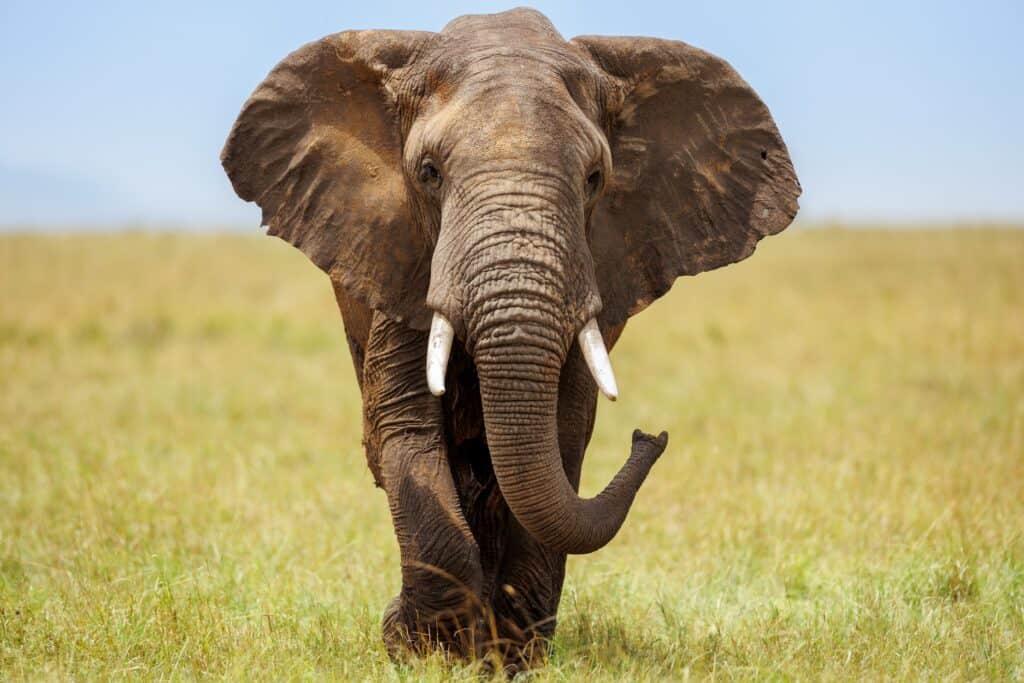
The African bush elephant is the largest terrestrial animal, with males standing up to 13 feet (4 meters) tall at the shoulder and weighing as much as 12 tons. They are native to various habitats across sub-Saharan Africa, including savannas, forests, and deserts. They are distinguished by their large ears, which help regulate body temperature, and their elongated trunks used for breathing, smelling, touching, and grasping. They are keystone species, playing a crucial role in their ecosystems by modifying habitats, dispersing seeds, and creating water sources used by other animals. Their social structure is matriarchal, with herds led by the oldest female. Despite their size, they are capable swimmers and can traverse significant distances in search of food and water. Poaching and habitat loss have significantly reduced their populations, prompting various conservation initiatives.
Colossal Squid (Mesonychoteuthis hamiltoni)
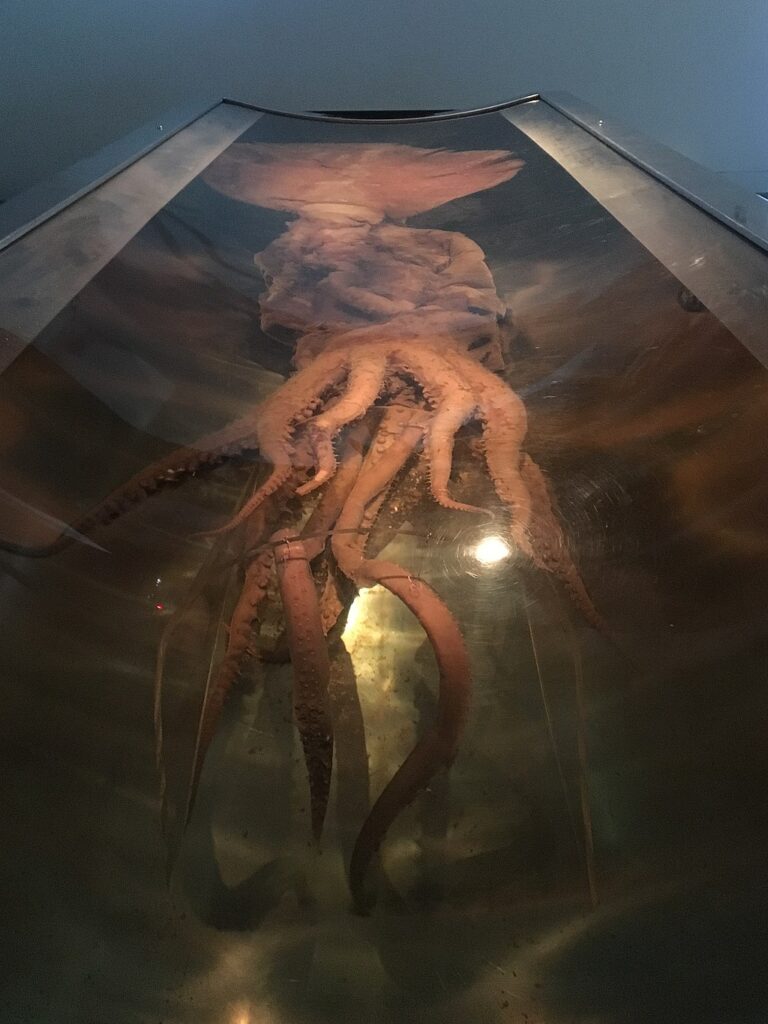
The colossal squid is one of the largest known invertebrates, with estimates suggesting it can reach lengths up to 46 feet (14 meters) and weights of around 1,100 pounds (500 kilograms). Inhabiting the deep, cold waters of the Southern Ocean surrounding Antarctica, this species is distinguished by its massive eyes, which are the largest of any known animal. It uses sharp hooks on its tentacles to capture prey, including large fish and even other squid species. They are a major food source for sperm whales, which are among their few natural predators. Their large size and elusive nature have made them a subject of fascination and mystery in marine biology. Although few specimens have been observed in the wild, they play an essential role in the Southern Ocean’s ecosystem. Continued research on the colossal squid offers insights into the adaptations of deep-sea life.
Antarctic Blue Whale (Balaenoptera musculus intermedia)
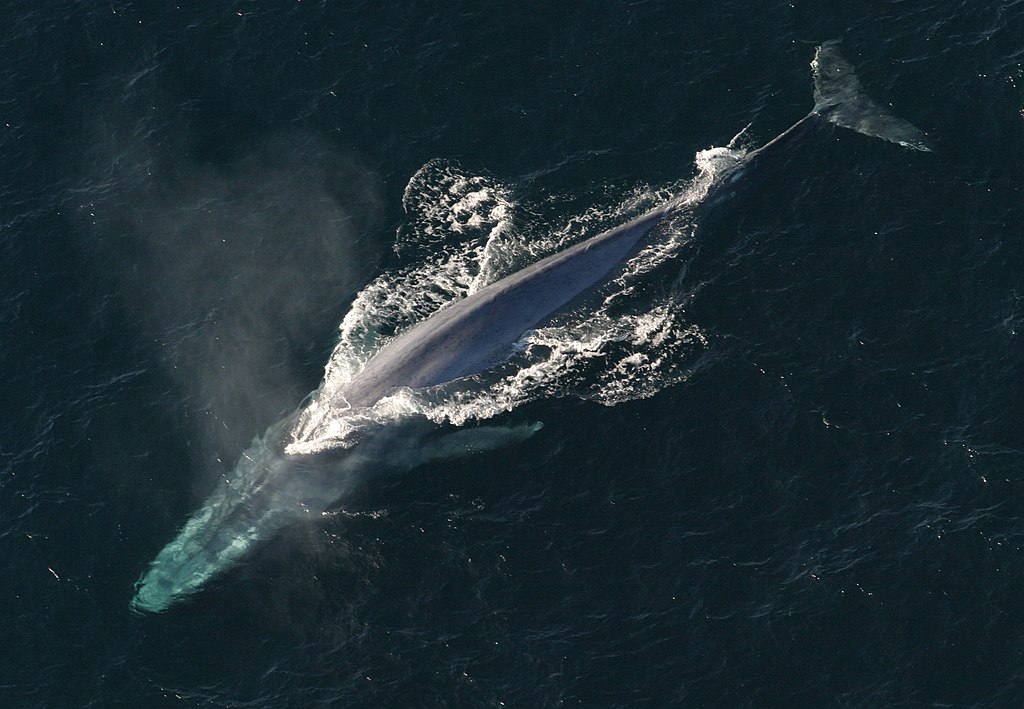
The Antarctic blue whale, a subspecies of the blue whale, is considered the largest animal by mass, with individuals reaching up to 400,000 pounds (180,000 kilograms) and lengths up to 98 feet (30 meters). Found in the frigid waters of the Southern Ocean, they have evolved to survive in extreme cold and undertake long migrations each year. Their diet consists almost exclusively of krill, which they consume in enormous quantities—up to 4 tons (3,600 kilograms) per day during peak feeding seasons. They communicate using low-frequency calls that travel hundreds of miles, helping them maintain contact across vast oceanic distances. Their massive heart, weighing as much as 1,300 pounds (600 kilograms), supports the immense circulatory needs of their bodies. Despite their size, they face numerous threats, including entanglement in fishing nets and the impact of climate change on krill populations. Conservation efforts focus on monitoring their populations and protecting critical feeding grounds from
Blue Whale (Balaenoptera musculus)
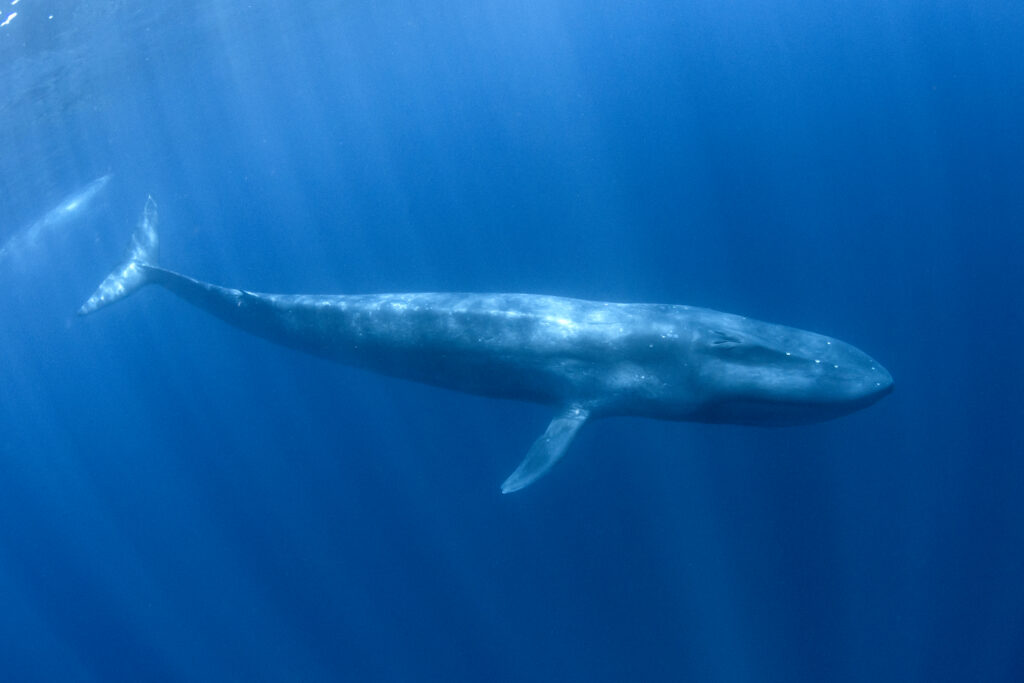
The blue whale holds the title of the largest animal ever known, reaching lengths up to 98 feet (30 meters) and weights approaching 200 tons. These marine mammals inhabit oceans worldwide, favoring deep, open waters. As members of the baleen whale suborder, they filter-feed on small organisms like krill. Despite their immense size, they are capable of reaching speeds up to 20 miles per hour (32 kilometers per hour) when necessary. Their vocalizations are among the loudest of any animal, facilitating communication across vast oceanic distances. They have a heart the size of a small car, underscoring their colossal anatomy. Conservation efforts are ongoing to protect these giants from threats such as ship strikes and entanglement in fishing gear.
Giant Sequoia (Sequoiadendron giganteum)
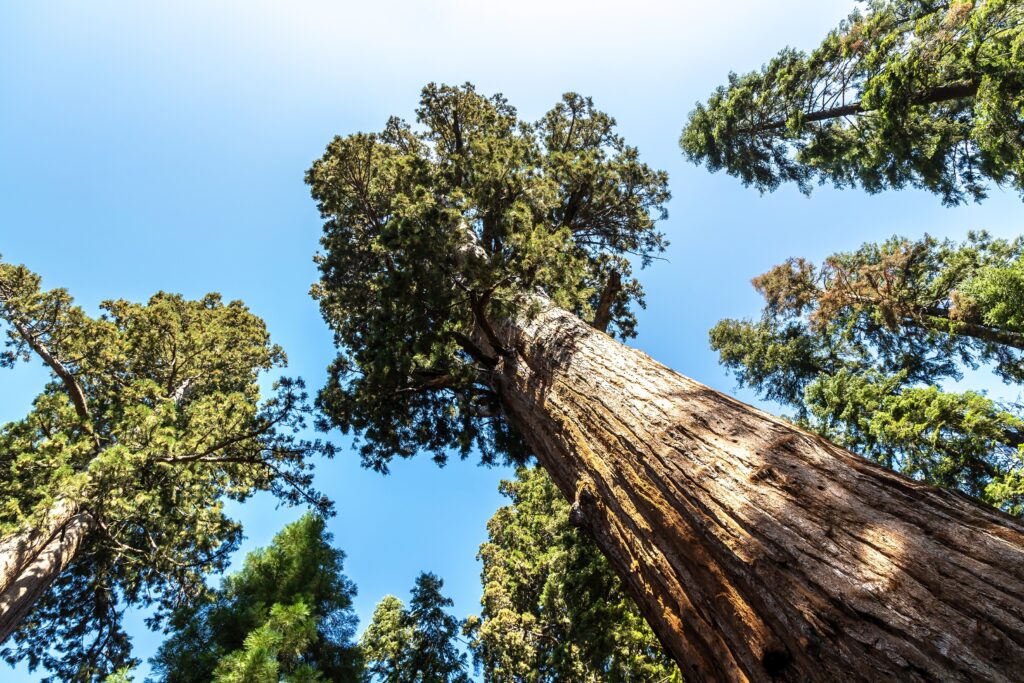
The giant sequoia, also known as Sequoiadendron giganteum, holds the title of the world’s largest tree species by volume, with some individuals reaching over 275 feet (84 meters) in height and over 100 feet (30 meters) in circumference. These towering trees are primarily found in California’s Sierra Nevada mountain range, where they thrive in a specific mix of altitude, temperature, and moisture. The largest known giant sequoia, named General Sherman, is estimated to weigh around 2.7 million pounds (1.2 million kilograms) and is over 2,200 years old. They are adapted to survive fires due to their thick, fire-resistant bark, which helps them maintain dominance in their forest ecosystem. Their cones only open to release seeds after being exposed to heat, a unique adaptation that allows new growth to occur after wildfires. They play a crucial ecological role, storing vast amounts of carbon and providing habitats for numerous species. Conservation efforts focus on protecting the sequoia groves from logging and climate-related threats.
Lion’s Mane Jellyfish (Cyanea capillata)
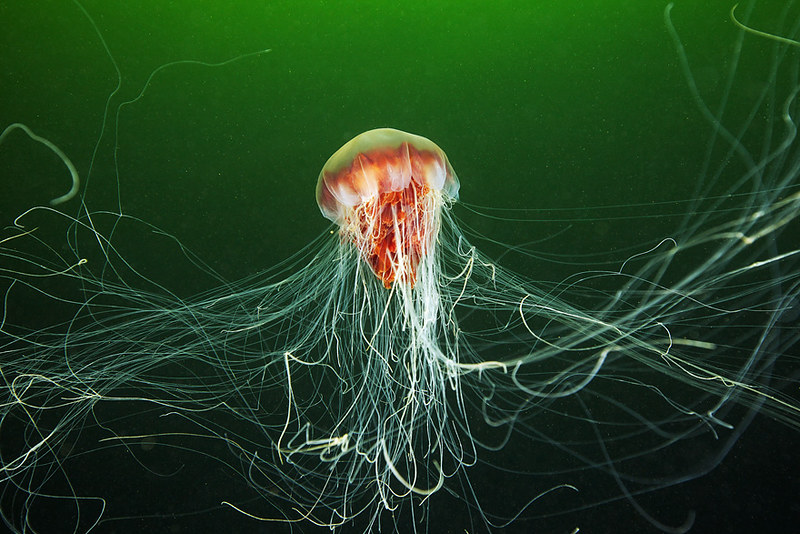
The lion’s mane jellyfish is the largest known species of jellyfish, with tentacles that can extend up to 120 feet (36.5 meters) in length. Found primarily in the cold waters of the Arctic, North Atlantic, and North Pacific Oceans, this species is easily recognizable by its reddish-brown, bell-shaped body, which can reach a diameter of over 7 feet (2 meters). Its long, trailing tentacles are equipped with nematocysts that deliver a sting capable of paralyzing small prey. Despite their formidable appearance, they are preyed upon by sea turtles and certain species of fish. They play a role in marine ecosystems by controlling plankton populations and serving as a food source for other marine animals. Encounters with humans are rare but can result in painful stings, emphasizing the need for caution in their habitats. Their presence indicates healthy, cold-water marine environments.
Pando (Populus tremuloides)
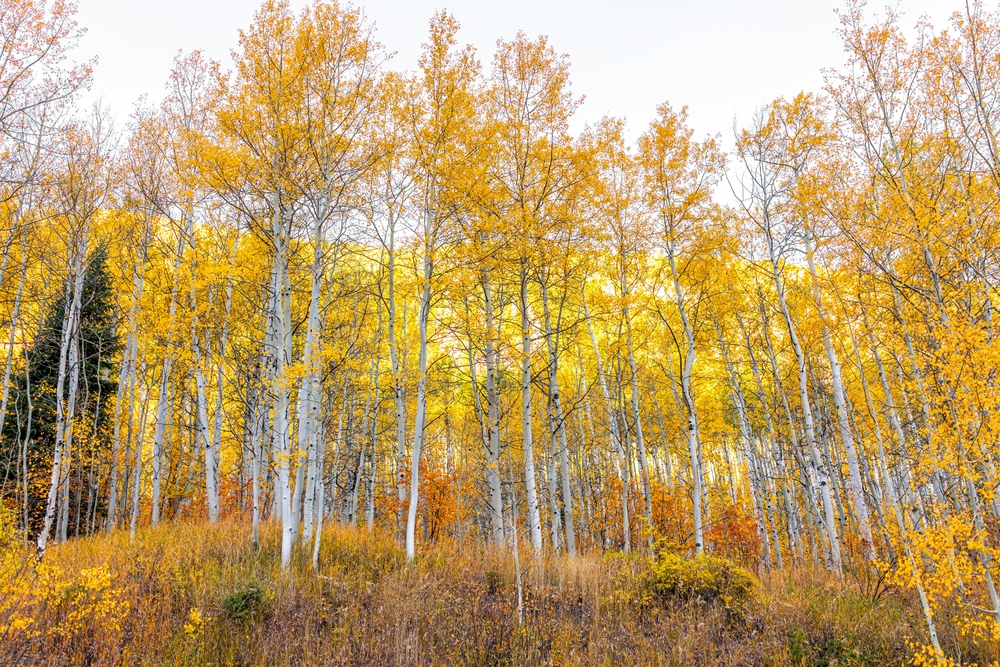
Pando, a clonal colony of quaking aspen trees, is considered one of the largest and oldest living organisms, covering approximately 106 acres (43 hectares) in Utah’s Fishlake National Forest. This colony consists of genetically identical stems connected by a single root system, estimated to be thousands of years old. Each stem resembles an individual tree, but collectively, they function as a single organism. Its extensive root system allows it to survive environmental challenges, such as wildfires, by regenerating new stems. The colony’s name, “Pando,” is Latin for “I spread,” reflecting its expansive nature. Recent studies indicate that it is experiencing decline due to factors like overgrazing by deer and elk, necessitating conservation efforts to preserve this unique organism. Its resilience and longevity offer valuable insights into clonal plant survival strategies.
Honey Fungus (Armillaria ostoyae)
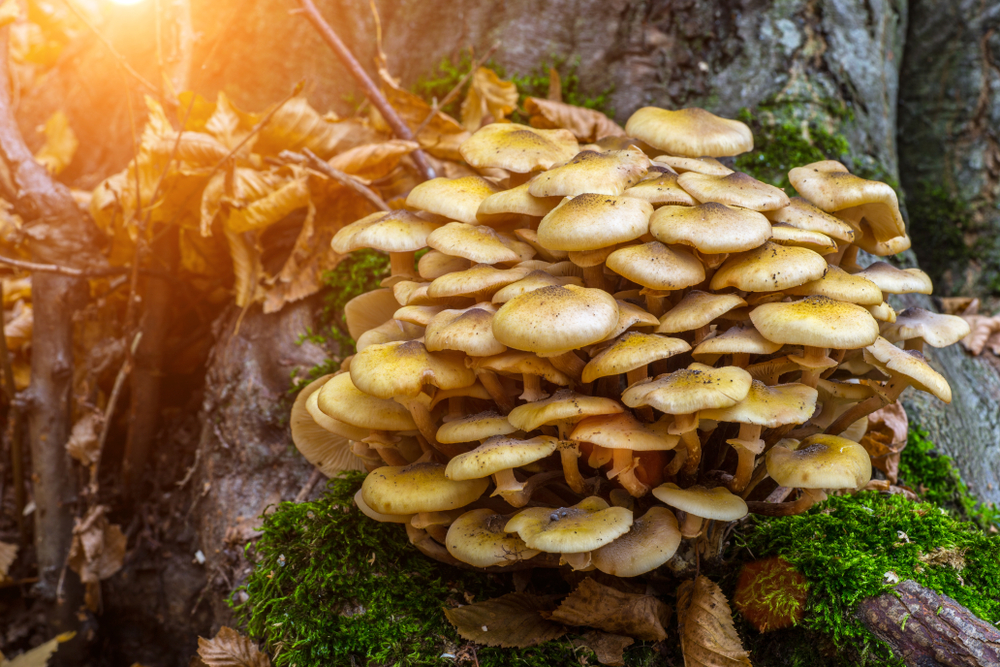
The honey fungus, specifically Armillaria ostoyae, is recognized as one of the largest living organisms, with a single specimen in Oregon’s Malheur National Forest spanning approximately 3.5 square miles (9 square kilometers). This parasitic fungus spreads through underground rhizomorphs, infecting and decomposing tree roots. While individual mushrooms are visible above ground, the majority of their biomass exists below the surface. The Oregon specimen, often referred to as the “Humongous Fungus,” is estimated to be over 2,400 years old. Despite its destructive impact on forests, it plays a role in nutrient cycling by breaking down dead organic matter. Its extensive underground network demonstrates the remarkable adaptability and persistence of fungal organisms. Research into this fungus provides insights into forest ecology and the management of fungal diseases.
Great Barrier Reef
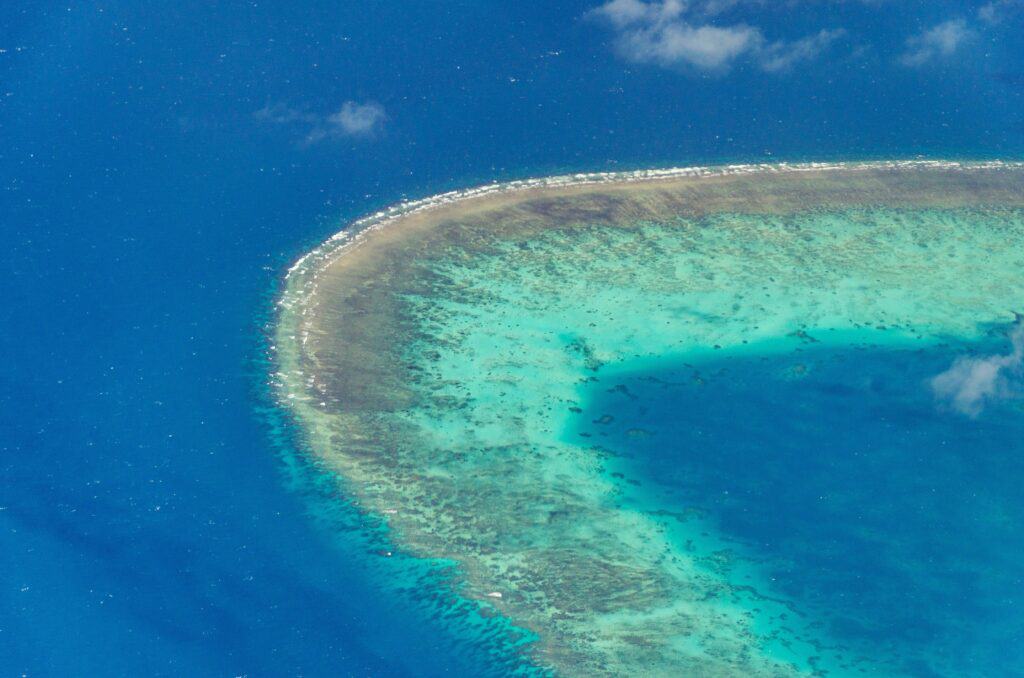
The Great Barrier Reef, located off the northeastern coast of Australia, is the world’s largest coral reef system, stretching over 1,400 miles (2,300 kilometers). Comprising approximately 2,900 individual reefs and 900 islands, it covers an area of about 133,000 square miles (344,400 square kilometers). This complex ecosystem supports a vast diversity of marine life, including over 1,500 species of fish, 411 types of hard coral, and numerous other organisms. Its structure is formed by billions of tiny organisms known as coral polyps, which secrete calcium carbonate to build the reef. It serves as a critical habitat, offering food and shelter to a multitude of species. It also provides significant economic benefits through tourism and fishing industries. However, it faces threats from climate change, coral bleaching, pollution, and overfishing, prompting global conservation efforts.
This article originally appeared on Rarest.org.
More from Rarest.org
20 Keystone Species That Play a Crucial Role in Their Habitats
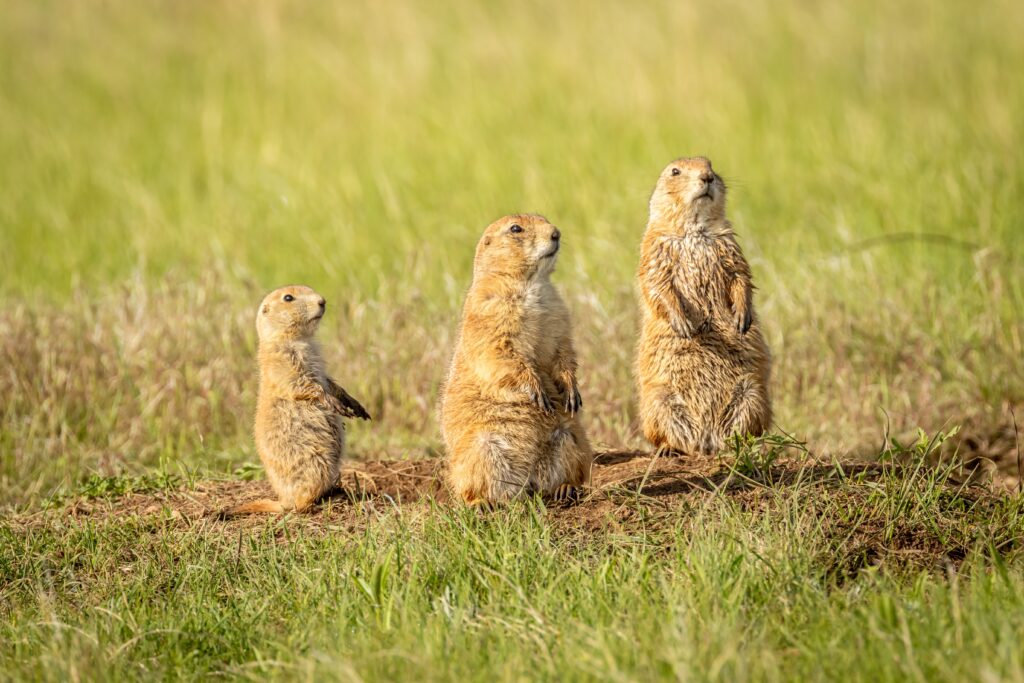
Keystone species are essential to maintaining the balance of their ecosystems. Without them, the structure of the habitat could change dramatically. These species often influence many other organisms in their environment, helping to regulate populations and maintain biodiversity. Read More.
22 Eye-Catching Fish Species Found in Coral Reefs
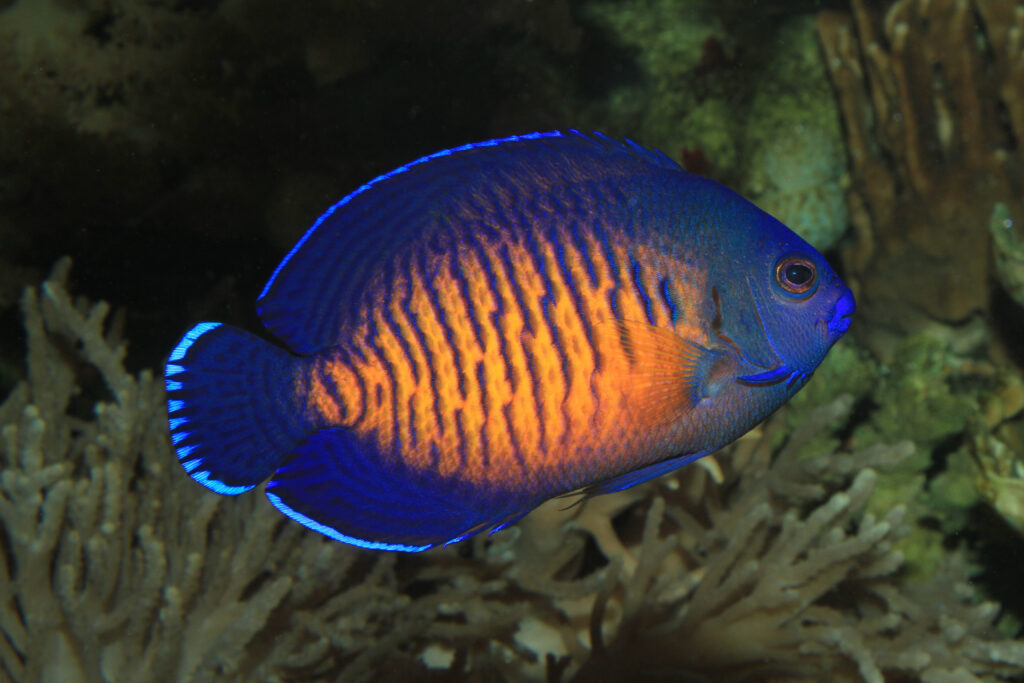
Coral reefs are home to some of the most vibrant and diverse fish species in the world. These underwater ecosystems showcase a kaleidoscope of colors and fascinating behaviors that captivate anyone who visits. Read More.
14 Rare Gemstones Found Only in Specific Regions
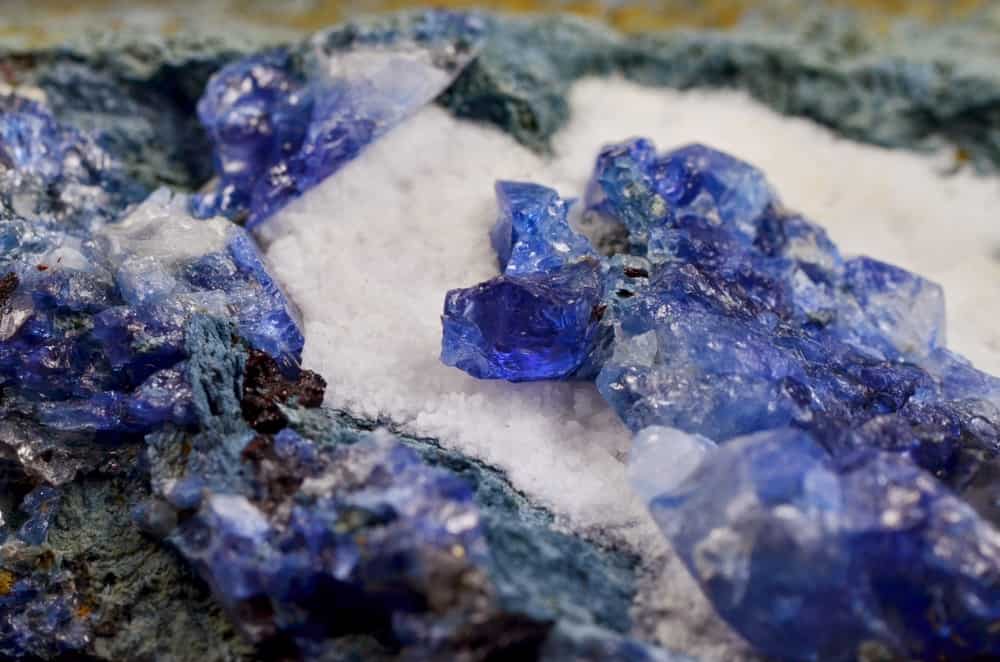
Rare gemstones hold a special allure, not just for their beauty but for their scarcity. Found only in specific regions around the world, these stones are prized by collectors and jewelers alike. The combination of unique geological conditions and limited supply makes each of these gems both valuable and captivating. Read More.
